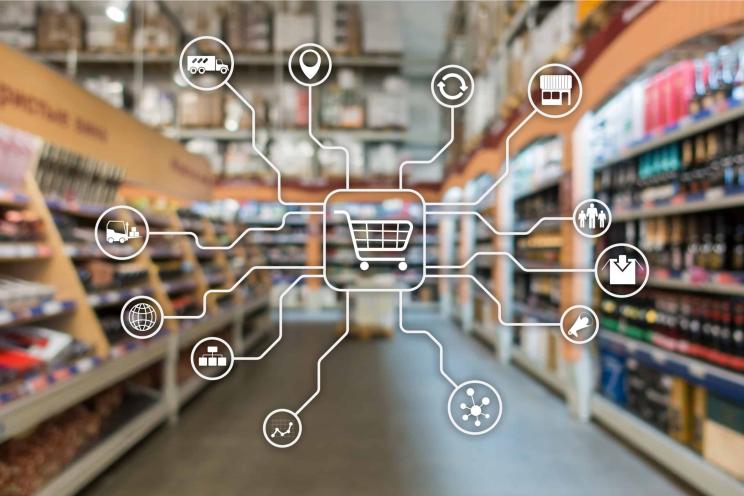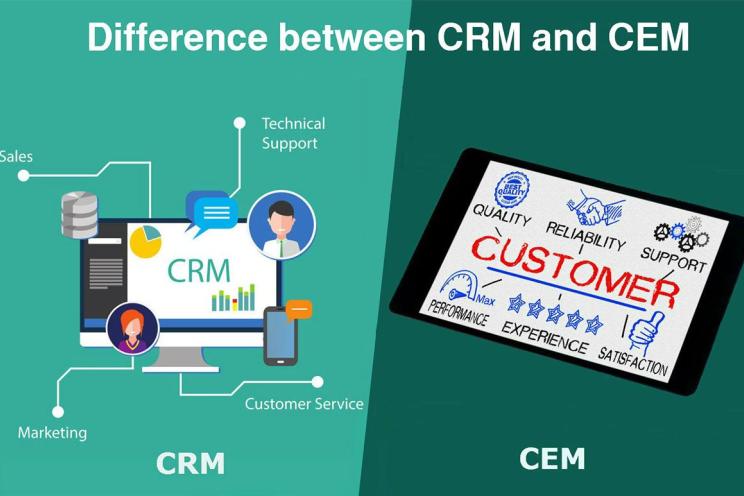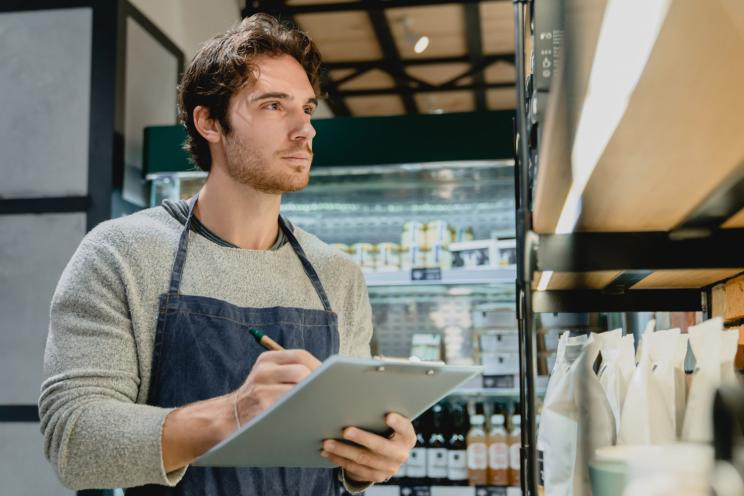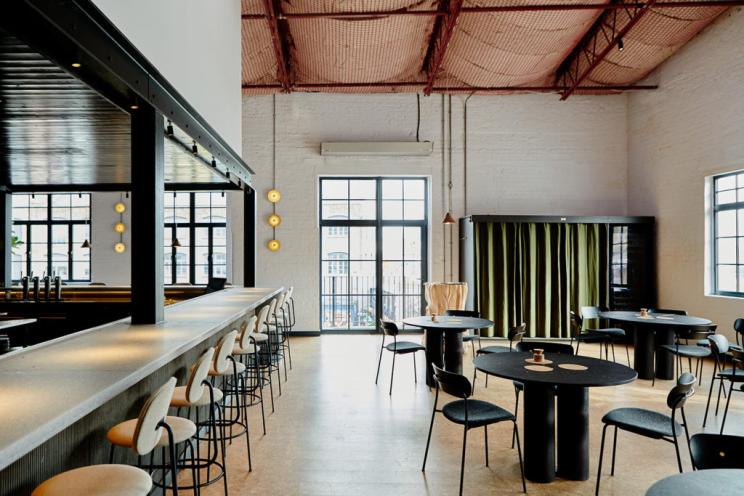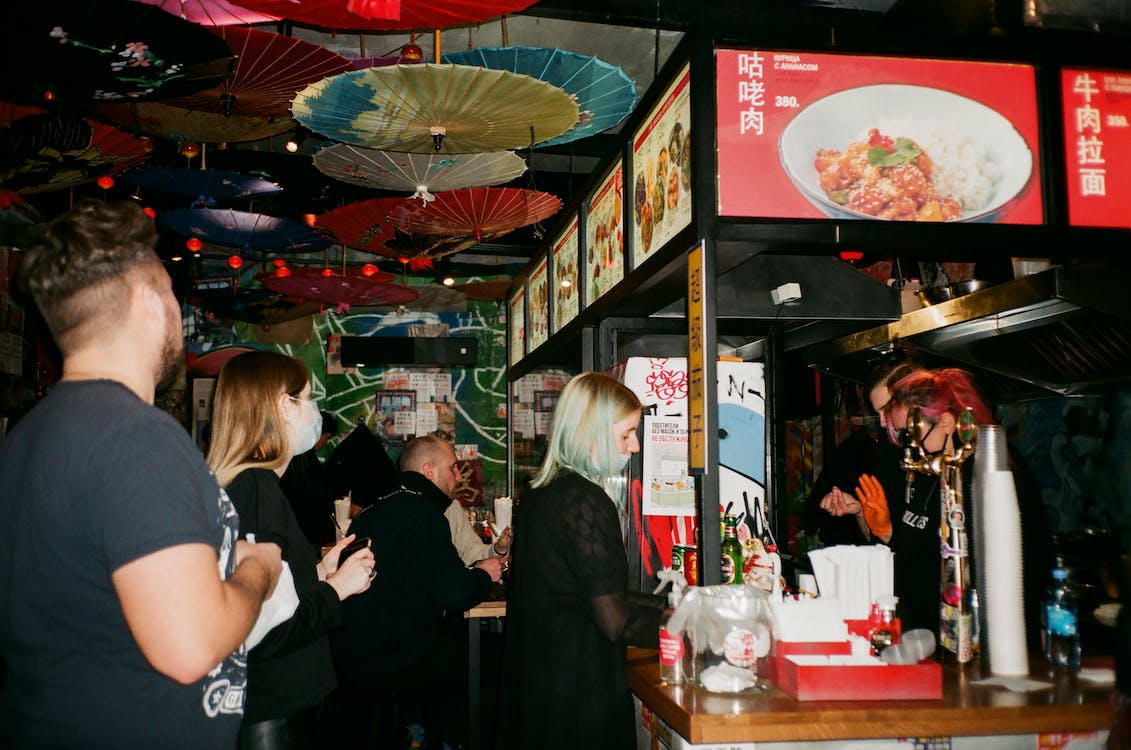
Optimizing Customer Experience By Managing Waiting Times Through Technology
We’ve all been there!
Waiting for more than 20 minutes to get a table or even worse to get our food ready!
“Time is of the essence”, the mere act of waiting can be a daunting experience. Whether it's waiting in line at the grocery store or at a restaurant, queuing up for a popular amusement park ride, or holding onto the phone for customer support, the psychology of waiting lines plays a pivotal role in shaping customer experiences.
Waiting has a profound impact on customer satisfaction. Luckily, many innovative solutions, such as SOKs, reservation systems, and order status screens along with customer experience techniques, will reduce the waiting process.
Understanding the Psychology of Waiting Lines
David Maister, a renowned expert in the field, has extensively studied the psychology of waiting lines. He identifies two critical factors that significantly influence customers' perceptions of waiting – the "unoccupied time" and the "unexplained time."
Unoccupied time refers to the actual time spent waiting, while unexplained time relates to the perceived fairness of the waiting process. Maister emphasizes that a well-managed waiting experience can lead to increased customer satisfaction, even in situations where waiting is inevitable.
He points out that the perceived wait time is often more crucial than the actual wait time. The psychology of waiting lines revolves around managing customer expectations, perceived fairness, and the anxiety associated with uncertainty. Businesses must acknowledge and address these psychological factors to enhance customer satisfaction.
Knowing these facts, you can easily find solutions to avoid angry customers and dissatisfied guests.
How can technology help you with reducing wait times?
Self-ordering Kiosks
Self-ordering kiosks are a revolutionary approach to streamline customer service. By integrating self-service kiosks into various industries, especially in the hospitality sector, customers can take charge of their transactions, reducing dependence on traditional waiting lines.
This not only enhances efficiency but also empowers customers with a sense of control over their experience. The seamless integration of SOK benefits both businesses and customers by optimizing resources and minimizing wait times.
Main SOKs benefits revolve around three main pillars:
- Speed and Efficiency:
SOKs streamline the ordering process, allowing customers to browse the menu, customize their orders, and complete transactions quickly without any intervention from employees. This not only reduces wait times but also enhances operational efficiency.
- Order Accuracy:
By placing the ordering process in the hands of customers, SOKs minimize the risk of communication errors. Customers can take their time to select their preferences, resulting in more accurate orders and fewer instances of dissatisfaction.
- Personalized Experience:
SOKs can be programmed to offer personalized recommendations based on customer preferences, creating a tailored and engaging experience that goes beyond the traditional ordering process and hence enhancing customer experience.
BIM Hoster: Revolutionizing Reservation Management
For businesses that offer reservations, a robust reservation management system like BIM Hoster can be a game-changer. This software allows customers to book a table or service in advance, eliminating the uncertainty of wait times.
By seamlessly integrating reservations into the customer journey, businesses can optimize their resources, enhance operational efficiency, and deliver a smoother waiting experience.
Ordering Status Screen Software: Real-Time Updates
To further ease the waiting process, implementing ordering status screen software provides customers with real-time updates on the progress of their orders reducing anxiety and contributing to a positive waiting experience.
Transparency is key, and by keeping customers informed about their order status, businesses can manage expectations effectively and reduce perceived wait times as Maister recommends.
Remember that customers appreciate businesses that are open about the status of their orders, leading to increased trust and satisfaction.
Customer Experience Techniques
To further elevate the waiting experience, businesses can employ customer-centric techniques. These include transparent communication about wait times, providing engaging distractions (such as digital displays or entertainment options), and offering incentives for patience.
It remains essential to focus on the below:
- Staff Training
- Train staff to handle peak hours efficiently and provide excellent customer service.
- Cross-train employees to handle multiple roles, such as taking orders and clearing tables.
- Preparation and Planning
- Anticipate peak hours and plan staffing levels accordingly. You can easily anticipate peak times by reviewing reports generated from the POS software about the same period for past years.
- Pre-prepare certain items during non-peak hours to expedite order fulfillment.
- Streamlined Menu
- Optimize your menu to focus on popular and easily prepared items to reduce kitchen preparation times.
The psychology of waiting lines is a nuanced aspect of customer experience that requires careful consideration. Understand and address the factors that influence customer perceptions during the waiting process so you can create a positive and memorable experience.

